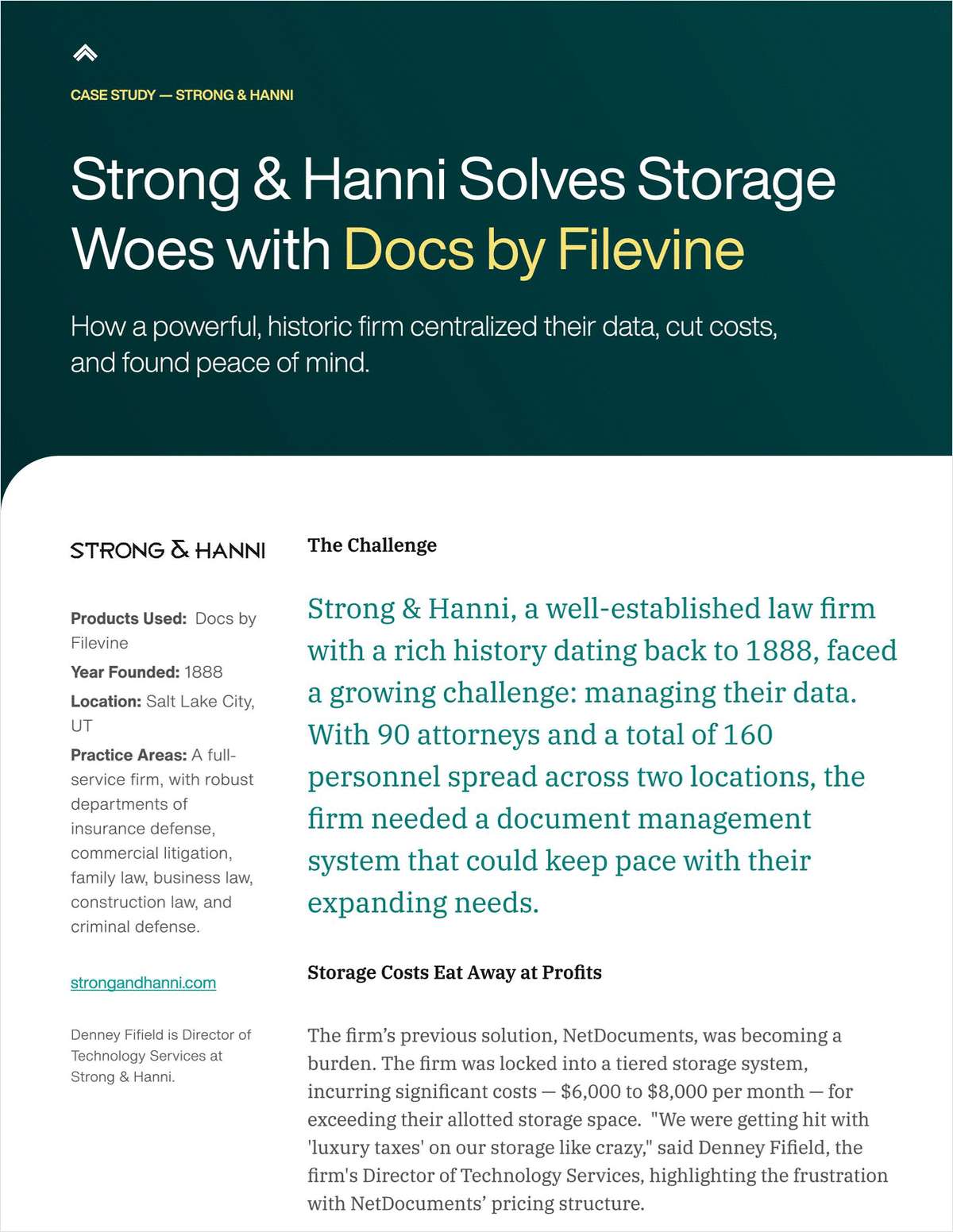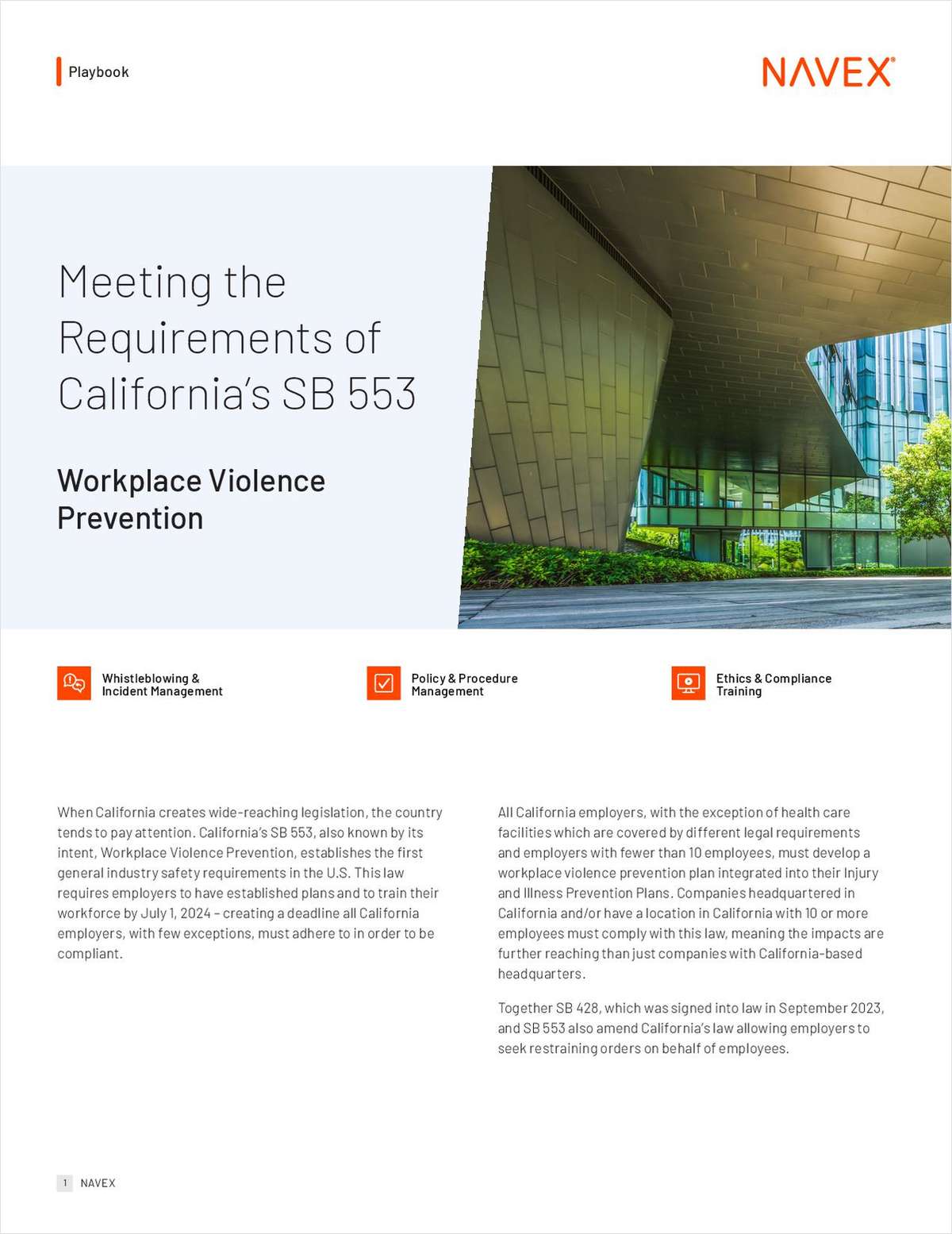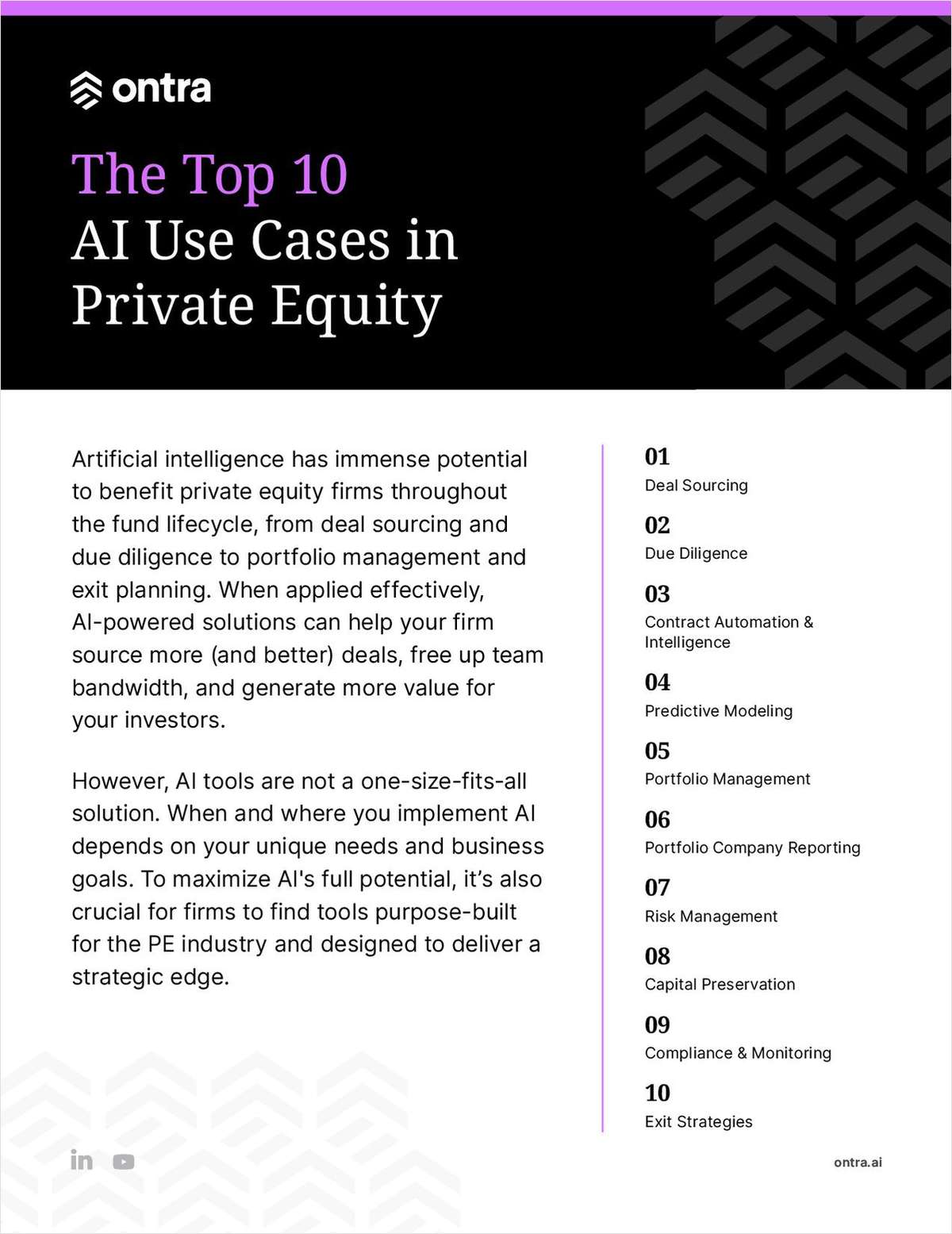Viewpoint: Beyond the Troll Label
Fee shifting is the new battle in patent litigation. With the Senate's latest patent reform proposal looking to enshrine the Supreme Court's Octane ruling, there needs to be a greater understanding of patent holders' economic realities and business mechanics, write Ron Epstein and Sabrina Chang.
June 04, 2015 at 04:05 PM
5 minute read

There has been an increase in the award of legal fees to the prevailing party in patent litigation. With the Senate's latest patent reform proposal looking to enshrine the U.S. Supreme Court's recent holding in Octane Fitness v. Icon Health and Fitness, it appears that trial courts are going to be applying an “objective unreasonableness” standard to determine whether fees are warranted under Section 285.
This is a fine standard, but what does it actually mean in practice?
Fee shifting in patent cases is the new battleground
If “objectively reasonable” is to be the measure, there has to be elucidation of the economics and business perspectives of the NGPEs (non-giant practicing entities). That is, there has to be greater understanding of the patent holders' business mechanics.
A number of recent cases before Federal Circuit have specifically drawn these practical calculations into the spotlight. In SFA v. NewEgg, the winning defendants argued that certain behaviors, i.e., filing against a large number of defendants or selectively dropping a case before trial, are in and of themselves sufficient to infer that the plaintiff's case was objectively unreasonable.
Patent holder actions are ruled by economic realities, not maliciousness
While these behaviors can possibly, in combination with other bad acts, ultimately support a conclusion that the patent holder was not acting in an objectively reasonable fashion, they are insufficient to support such an inference standing alone.
Here is the environment a patent holder faces:
Few, if any, entities asked to take a license to a patent do so willingly and patents are not self-enforcing. That is, if an infringer (or accused infringer) refuses to take a license, the patent holder's sole remedy is to go to court to seek enforcement of their claims.
The costs associated with bringing a successful patent infringement case are enormous, especially now—e.g., IPR defense, exponentially rising costs of putting on a viable damages case.
Patent damages awards for infringement by small and medium sized businesses have always been modest, and recent case law has made them more modest—e.g., steadily decreasing median damages awards, increasing scrutiny in damages determinations (e.g., elimination of EMVR).
As a result, in many cases, the costs of enforcement against any one infringer are likely to far exceed the reasonable royalty that that individual infringer owes.
The only way a patent owner can effectively enforce his rights is to generate an economically efficient business model, i.e. one that amasses a sufficient spread of potential damages and defrays costs across a number of infringing parties. A patent owner's path of execution in terms of timing is also constrained by the practicality of the situation. Patents have a limited term, and valuable patents tend to be older, so their remaining life is often short. Owners need to start the “damages clock” on accused infringers as early as possible.
The best way to ensure those clocks begin to run, without risk of declaratory judgment, is to file suit. It follows that the timing of notice or suit cannot be staggered. Patent owners simply cannot afford to wait years to resolve a test case before triggering the damages clocks on additional infringers. As such, the filing of multiple simultaneous suits can be explained as an objectively reasonable business decision by the patent owner to maximize his potential outcome.
Similarly, a plaintiff's decision to whittle down the field of defendants during the course of a case cannot, without more, support an inference of objective unreasonableness. Indeed, it can simply reflect a business decision to pursue the most lucrative litigation path possible. In Newegg, SFA explained that it dropped its case against Newegg to instead focus its limited resources on what it perceived as its potentially far more lucrative claim against the much larger Amazon, which was scheduled for trial at the same time.
Prudent business decisions are not grounds for fee shifting
Achieving economies of scale, pursuing multiple potential customers simultaneously, reordering use of resources and strategically deciding to pursue more lucrative, bottom-line friendly path are decisions that are made by operating companies every day. Where a plaintiff exercises the same practical business acumen, his behavior should not be considered de facto in bad faith simply because its execution occurs in the context of patent litigation.
Ron Epstein is CEO of Epicenter IP. With more than 25 years of experience in developing, optimizing, and transacting intellectual property asset portfolios, Ron has completed hundreds of patent sales and licensing transactions and is recognized as a global leader in helping patent owners maximize the value of their IP. Sabrina Chang is Director of Patent Brokerage Services at Epicenter IP and has over a dozen years of experience in patent monetization and valuation.
This content has been archived. It is available through our partners, LexisNexis® and Bloomberg Law.
To view this content, please continue to their sites.
Not a Lexis Subscriber?
Subscribe Now
Not a Bloomberg Law Subscriber?
Subscribe Now
NOT FOR REPRINT
© 2024 ALM Global, LLC, All Rights Reserved. Request academic re-use from www.copyright.com. All other uses, submit a request to [email protected]. For more information visit Asset & Logo Licensing.
You Might Like
View All
McCarter & English Acquires Connecticut IP Boutique Harrington & Smith

Big Law Making Top IP Partner Hires as 'Demand Far Outweighs Supply' of First-Chair Patent Litigators

Clients 'No Longer Need to Be Referred Out': Womble and Lewis Roca Eye Merger Benefits

'Stereophonic' Accused of Copyright Infringement From Fleetwood Mac 'Rumours' Producer
4 minute readTrending Stories
- 1The Law Firm Disrupted: Playing the Talent Game to Win
- 2A&O Shearman Adopts 3-Level Lockstep Pay Model Amid Shift to All-Equity Partnership
- 3Preparing Your Law Firm for 2025: Smart Ways to Embrace AI & Other Technologies
- 4BD Settles Thousands of Bard Hernia Mesh Lawsuits
- 5A RICO Surge Is Underway: Here's How the Allstate Push Might Play Out
Featured Firms
Law Offices of Gary Martin Hays & Associates, P.C.
(470) 294-1674
Law Offices of Mark E. Salomone
(857) 444-6468
Smith & Hassler
(713) 739-1250








